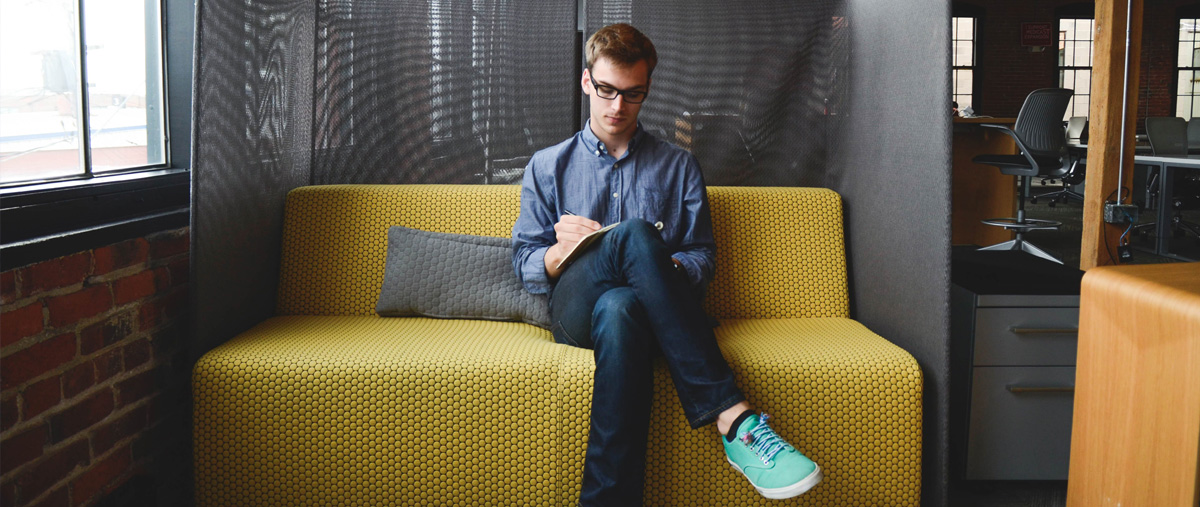You are probably aware that the emerging learning concept of flexible seating in the classroom fosters greater creativity, movement, collaboration and student-centered environments. Flexible seating permits quick reconfiguration to a variety of activities and helps children to channel their energy into engagement. While there are positives to the 21st century classroom, it’s important that any implementation you consider is accompanied by a thorough assessment of safety and security.
Some of the features incorporated in flexible classroom seating may include soft fabric upholstery, such as bean bags, cushions and couches. Risks inherent in these items range from keeping them clean and pest-free to posing a greater fire danger. In addition, their configuration can lead to less visibility of classroom areas where the risk of inappropriate interaction between adults and children or between students could happen. Anywhere students can’t be seen, there is reduced supervision. Isolated seating and couches designed for more than one person can create an opportunity for grooming behavior.
"Anywhere students can’t be seen, there is reduced supervision."
In any classroom arrangement, avoid creating any hidden areas where children and adults are not in plain sight. Red flags include couches, cots, tents, futons, beds and sleeping bags. Eliminating these dangers in classrooms helps better protect your students, staff and school. It’s essential to maintaining a safe learning environment and reducing legal liability concerns. Interpersonal boundaries and rules for both adults and students should be clearly communicated and enforced.
Other liability considerations can arise from injuries to students or staff tripping over low furnishings or other clutter, arrangements that may block exits and movable storage that could tip over or shift unexpectedly. These issues should be assessed both for normal classroom activity as well as the potential hazards from a disaster such as an earthquake. Any piece of furniture can be improperly used by students and result in accidental injury. Training and well-enforced rules are critical for alternative seating.
One additional liability concern of the 21st century classroom is compliance with Individualized Education Programs (IEPs) for special education students. Any alternative seating design must align both legally and in practice with every student’s IEP.
There’s a lot to consider! Coordination between faculty, administration and risk management should be undertaken early before putting flexible classroom seating in place. Safety and security must be put into each aspect of design, furniture selection and classroom implementation.


